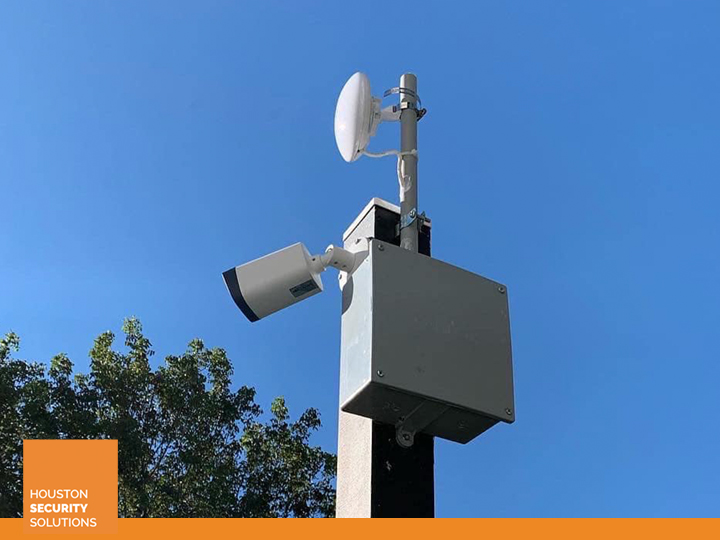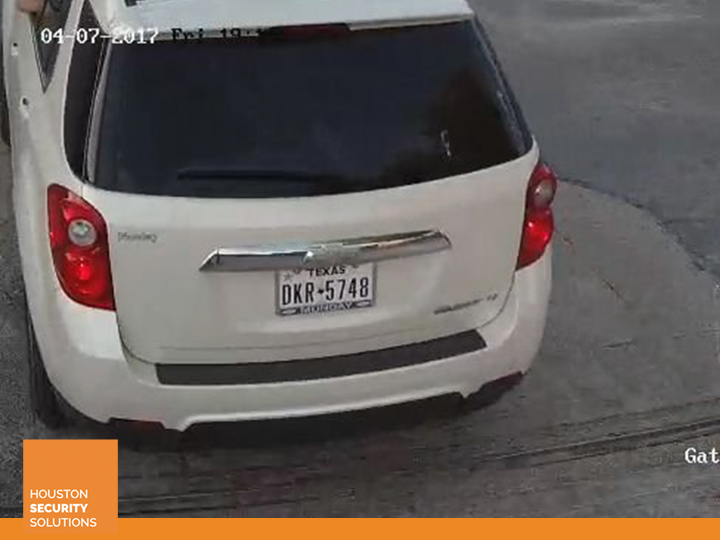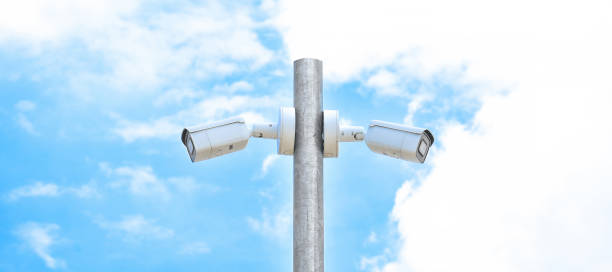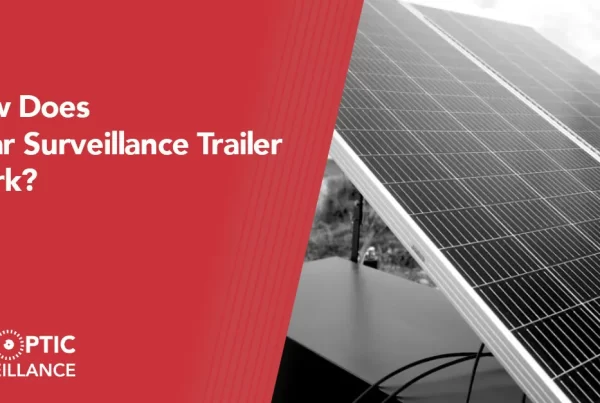How to Choose the Best Parking Lot Security Cameras
Best Parking Lot Security Cameras
However, parking lots are a popular target for criminals. It is a good idea to have commercial parking lots monitored for safety, whether it be a simple car break-in or anything larger. Today, there are a plethora of quality parking lot security cameras on the market, making it easier than ever to monitor activities on your property.
So, what should you look for while shopping for cameras that will meet your needs? Let’s have a look at some key points.
Are you looking to Security Cameras Install?
Does Night Vision Matter?
Consider your precise requirements for the parking lot security camera system you finally buy before anything else. Does night vision sound like a feature that might be useful in your case? In many circumstances, the response will be “yes.” Having cameras with night vision is a fantastic idea as long as there is activity of some kind in the parking lot after dark. The only situation in which this might not apply is if cameras are placed in a parking lot that is seldom utilized at night. Night vision is an excellent option as long as there are sometimes some automobiles parked in the lot after dark.

Think About Resolution
You should choose a resolution that is at the top end of the range if you want to acquire footage that are clear enough to identify the suspects and perhaps even capture a license plate number. You should specifically consider 4K cameras. Of course, the price of cameras with this degree of resolution will be more, but you will get an excellent level of performance. You might be able to reduce the resolution to 2K, HD or 1080p if you determine that true identification is not your top goal.


Quick View Of Total Cost Of Ownership
Independent research on the differences between analog and digital solutions reveals that analog systems cost roughly 50% more to install, configure, and train on than IP systems. For instance, compared to IP-based systems, analog systems’ cabling costs are roughly three times higher. The main justification is because coaxial cable costs more than ethernet cable.
Additionally, Power over Ethernet eliminates the requirement for electrical connections in the IP system, whereas analog often requires separate power cable. Separate cabling is also required to manage analog PTZ cameras. A network video system, which is 20% less expensive than DVRs, enables customers to combine open PC platforms, open storage, and video management software.
The cost of the network video system is always lower if an IP infrastructure is established. The total cost of ownership is lower for network video systems with 40 or more cameras compared to analog-based systems.
The break-even point between IP and analog systems is 32 cameras. In typical cases, network video systems cost less than 32 cameras, while between 16 and 32 cameras, the cost of analog systems is generally similar to or slightly cheaper.







